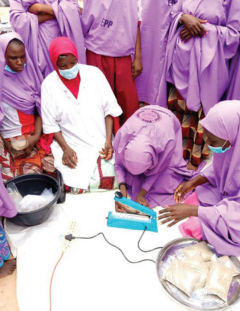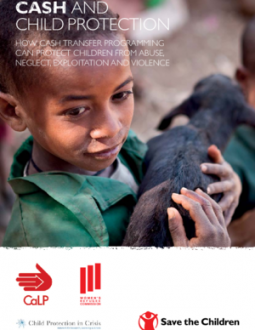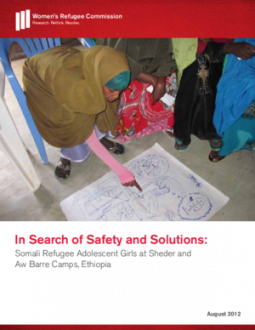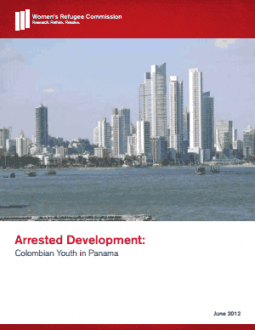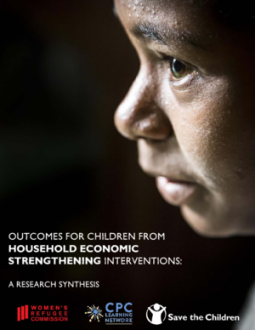
Outcomes for Children from Household Economic Strengthening Interventions
PublishedA Research Synthesis
Economic strengthening programs generally focus on the head of the household and assume that any benefits trickle down to children. In a review of 35 economic strengthening programs, all showed some benefit to children. However, 20% of these programs showed a negative outcome for children’s well being.
The review sets out to identify the ES programs that impact child wellbeing outcomes positively, as well as those that have negative impacts. It looks at factors such as gender and age that might influence both positive or negative impacts. Lastly, the review identifies gaps in the evidence and makes recommendations for further research.
Recommendations
Designers and managers of ES interventions:
- Specifically measure the impact of ES internventions on children, both those within the scope of the intervention but also those outside its scope.
- Carefully analyze the potential negative consequences at the program design stage, and plan how to measure and mitigate them.
- Increase advocacy to ensure that donors include measures related to children’s outcomes.
Donors who fund ES intervention evanluations:
- INclude child-level indicators in standard program requirements.
- Use more mixed-method approaches to advance understanding of how ES interventions impact children.
- Set up an open system to share research.
Researchers:
- Investigate the mediating factors for success of ES interventions, including the gender of the recipient.
- Compare costing to establish cost-per-person and const-per-effect-size.
- Generate information on current gap areas, including humanitarian contexts and children’s GBV risk.
Produced by the Child Protection in Crisis Learning Network and the Women’s Refugee Commission, for Save the Children.



